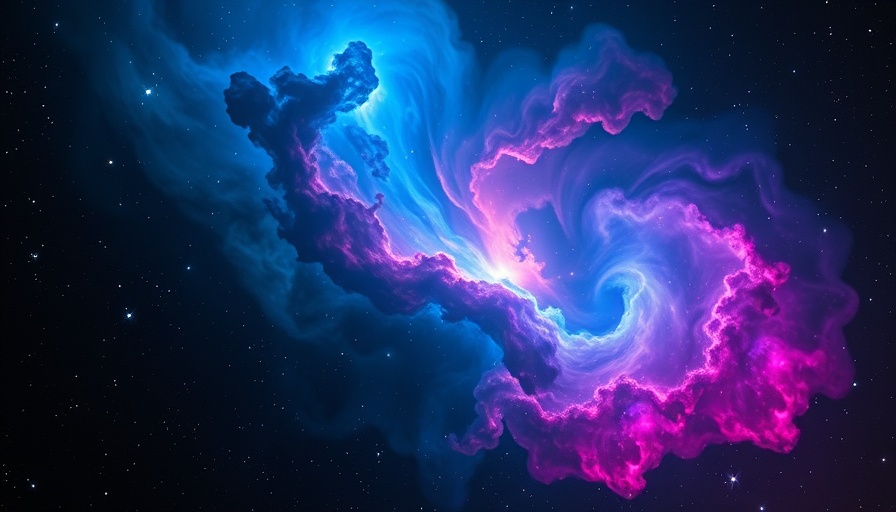
Discovering Eos: A New Dawn in Astrophysics
Astrophysicists have unveiled a monumental discovery just 300 light years from Earth—a vast molecular cloud named Eos, illuminating our understanding of the cosmos. This cloud, one of the largest structures in the vicinity of our solar system, has been largely invisible until now, offering a unique glimpse into the formation processes of stars and planets.
The Importance of Molecular Clouds
Molecular clouds are essential to the creation of celestial bodies, serving as a breeding ground for new stars. Composed predominantly of hydrogen, they also contain crucial elements like carbon monoxide. Traditional methods of detecting these clouds focus on infrared observations; however, the novel approach taken by the Rutgers University-led team represents a significant leap forward in astrophysics.
Revolutionizing Detection Techniques
Blakesley Burkhart, the lead researcher and professor at Rutgers, emphasizes the transformational nature of this discovery. For the first time, a molecular cloud has been detected through far-ultraviolet emission of molecular hydrogen. This advancement not only confirms Eos's existence but also pioneers a new method to study molecular clouds in detail. As Burkhart aptly noted, "This cloud is literally glowing in the dark," emphasizing the significance of this glowing molecular hydrogen.
The Cosmic Local Bubble
What makes Eos particularly intriguing is its location. Sitting at the edge of the Local Bubble, a large gas-filled cavity in space, its proximity allows scientists to observe and measure how molecular clouds evolve, dissolve, and contribute to the cosmic cycle of star formation. This new insight aids in understanding the nature of our galaxy, allowing for a detailed examination of the role interstellar gas and dust play in creating stars and planets.
An Unprecedented Opportunity
While Eos poses no threat to Earth, it presents an extraordinary opportunity for researchers. With the ability to observe a molecular cloud up close, scientists can unravel the mysteries surrounding how galaxies transform raw materials into the stars that light up our night sky. This transformative discovery reshapes our understanding of the interstellar medium and the formation of molecular structures.
Events in Context: The Broader Cosmic Picture
As we delve into this newfound knowledge, it is essential to contextualize Eos within the evolving landscape of astrophysics. The discovery aligns with ongoing studies about the universe's composition and illustrates humans' innovative spirit in extending the frontiers of science. The pursuit of understanding our universe remains a compelling journey at the intersection of curiosity and discovery.
Call to Action: Embrace the Cosmic Wonder
The discovery of Eos challenges us to look beyond the ordinary and embrace the wonder that the universe offers. As technology advances and methodologies improve, more revelations await us in the cosmos. Stay informed and engaged with developments in astrophysics, for each discovery brings us closer to understanding our place in the universe.
 Add Element
Add Element  Add Row
Add Row 



 Add Row
Add Row  Add
Add 


Write A Comment